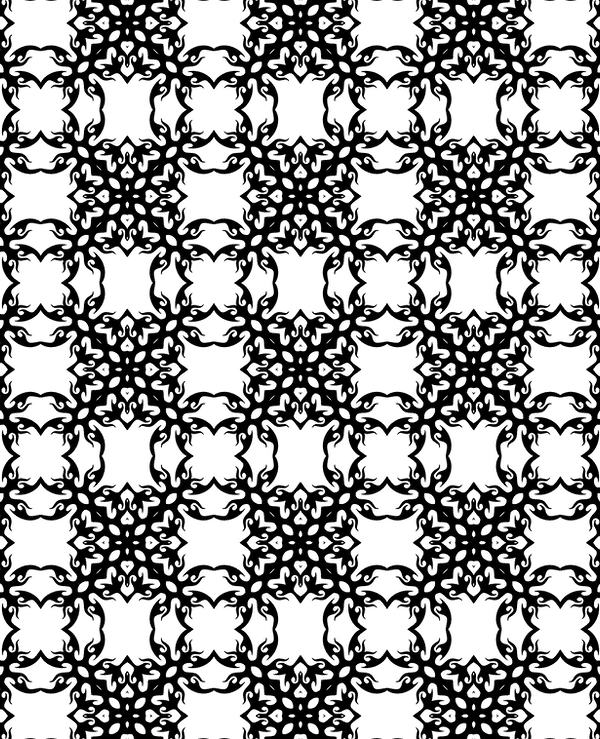History and Demographics Paragraph of the Commonwealth of Puerto Rico
The history of the Commonwealth of Puerto Rico was an intense and difficult journey for Independence, through war, pain along with much more. The history of Puerto Rico dates back to 430 BC, where the Indigenous settlement of the Ortoiroid people first discovered and began to colonize the land. By the time Christopher Columbus arrived in 1493 and “discovered” the Caribbean Island for Europe, the Taino were the dominant indigenous culture. Yet, Columbus still claimed the island for Spain and in 1508, Juan Ponce de Leon established the first permanent Spanish settlement at Caparra. The Spanish built forts and castles and did protect the island from raids by Carib Indians and pirates, however, the Indigenous people still had the dream of becoming independent. The Indigenous people lead multiple attempts for freedom and independence, such as in 1868, the pro-independence movement launched a revolt named The Grito de Lares against Spanish rule. Even though the moment was short lived, it was a key moment for Puerto Rican independence and was an inspiration for many. After years of fighting for rights, the Spanish National Assembly abolished slavery in Puerto Rico, which propelled the independence movement even further. In 1897, Puerto Rico gained a level of autonomy from Spain, known as the "Carta de Autonomía" (Charter of Autonomy), which granted the island a degree of self-governance. Then, in 1898, during the Spanish-American war, the US invaded Puerto Rico, causing the Spanish to cede Puerto Rico to the US under the Treaty of Paris. Puerto Rico has remained an unincorporated US territory since then. Puerto Rico, due to its rich and diverse history, has a diversity in people, mainly of the Spanish, Taino, West African, and Asian. In the end, Puerto Rico has, and continues to fight for independence and human rights.






































